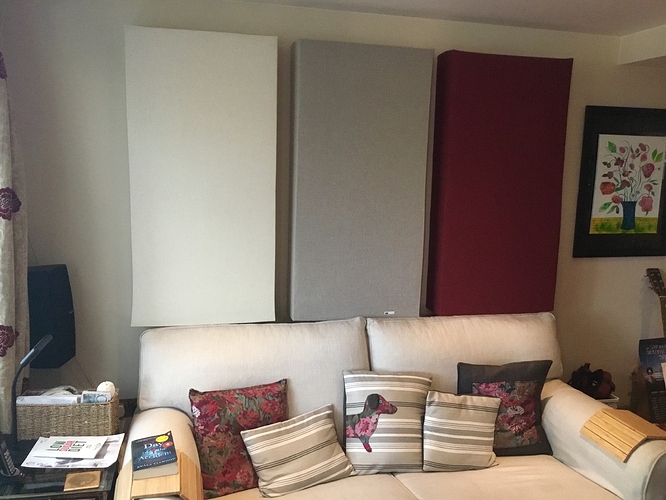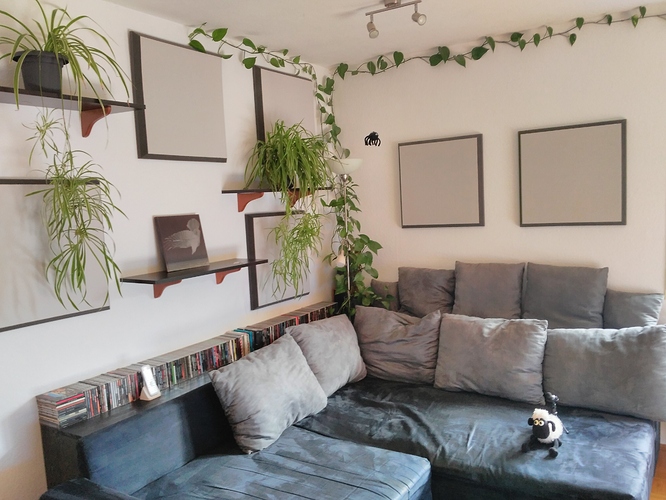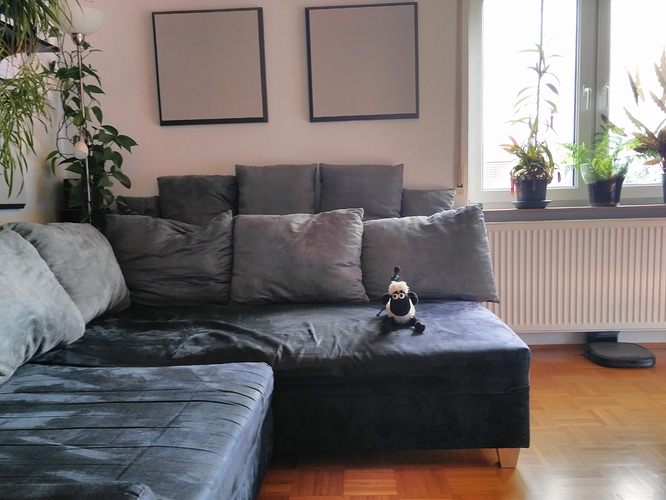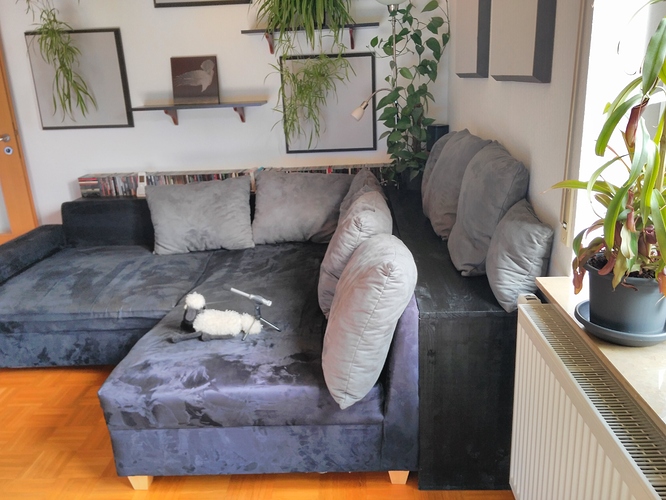Correct - avoid sofa against back wall for reason given and agree with above.
Additionally even leather (real of fake) sofas can significantly impact what you hear if they have a high back resulting in the sofa being very close to your ears when lying back on it. Its easy to tell if this is the case as the sound will change quite obviously when you lean forward away from the back. It may become a little less honky.
Perfect critical listening needs your head in open space well away from reflective surfaces for those who need that extreme.
As for you - there are two ways of dealing with reflections:
- Absorb them
- Disperse them
An ideal room overall tend to have both. Some sound is absorbed by fabric like carpets sofas, curtains etc while some is dispersed by uneven surfaces, uneven books in a book case for example will both absorb and disperse, but of course not to the same extent as something designed for purpose.
The easiest initial test - move sofa a few feet from back wall and get used to how the music now sounds for a while. Now find some means of temporarily hanging a duvet and/or supporting some pillows behind you and see if you notice a difference. Maybe try a curtain or even a large towel just to get a sense of what does what in your specific room.
These kind of things will only impact mid and higher frequencies - remove some honkiness from mid range, reduce harshness of some vocals etc (which can often come from window reflections).
You may find that just moving the sofa changes the sound you are used to quite significantly on its own, especially bass with no further need to change anything. Often an ideal listening position can be 2/3 to 3/4 back into a room from the speakers, but of course that is not always practical.
These days you can often find acoustic panels that can be absorber or diffusors or maybe a combination of both or even lower/mid range traps with the option of selectable or custom prints on them, so once hung on a wall they look like art panels.
Sometimes even fabric art panels given a bit of extra wadding can do a good job. Ive known people who have filled them full of rockwool to make traps of sorts out of them to good effect. (I’m not talking about studio level of good job, just something easy and/or cheap to obtain that will help and wont upset the other half).
The simplest sound test I know of for a room is to stand in the middle and sharply clap your hands. You should hear a nice smooth and reasonably rapid decay with no sense of any frequencies obviously ringing relative to others. You certainly should not hear any flutter echos (very rapid echo - often with a harsh edge to them and probably discernable tones to them).
Of course this is not particularly scientific, but for me I find it pretty good starting point to figure out may be needed, but then I have done treatment for room intended for studio use so I and quite used to listening to clap tests 






